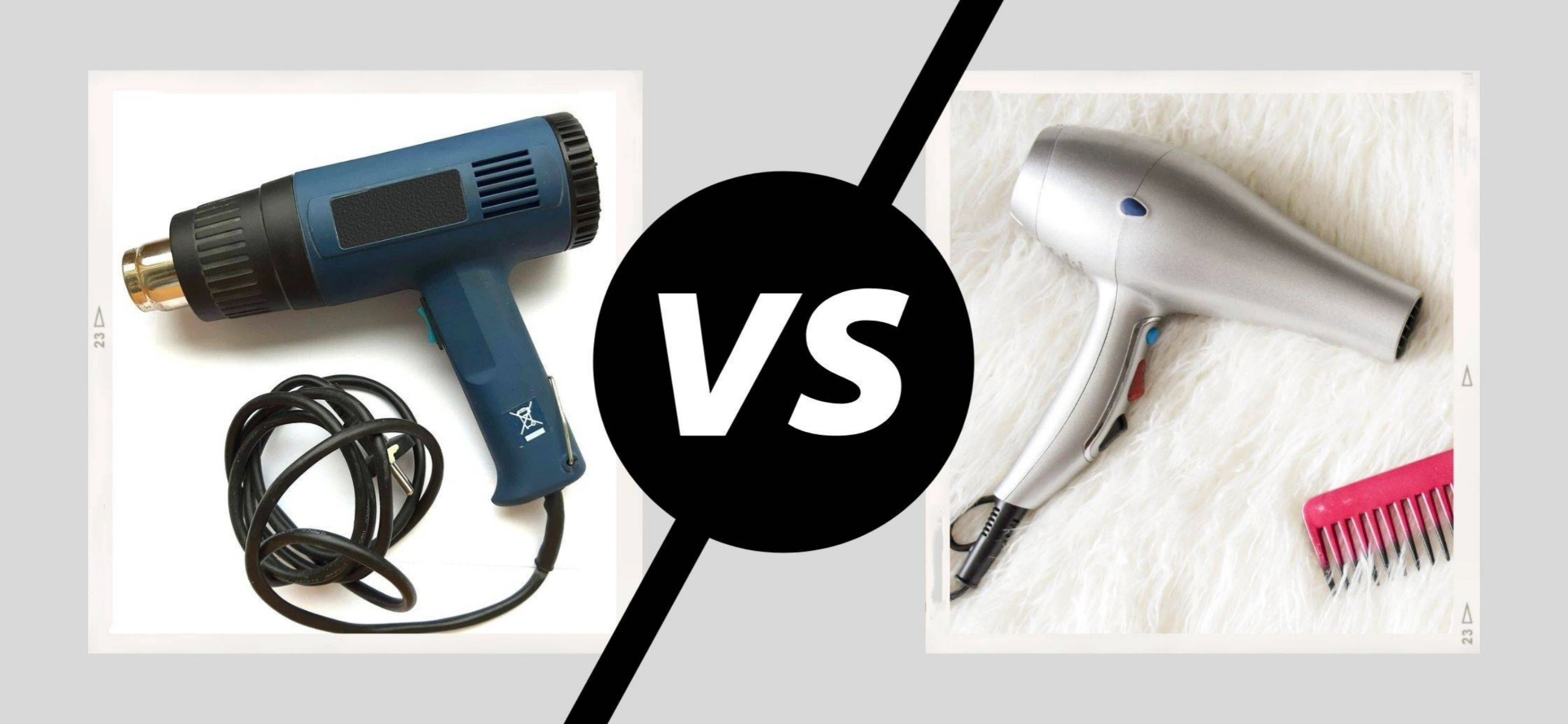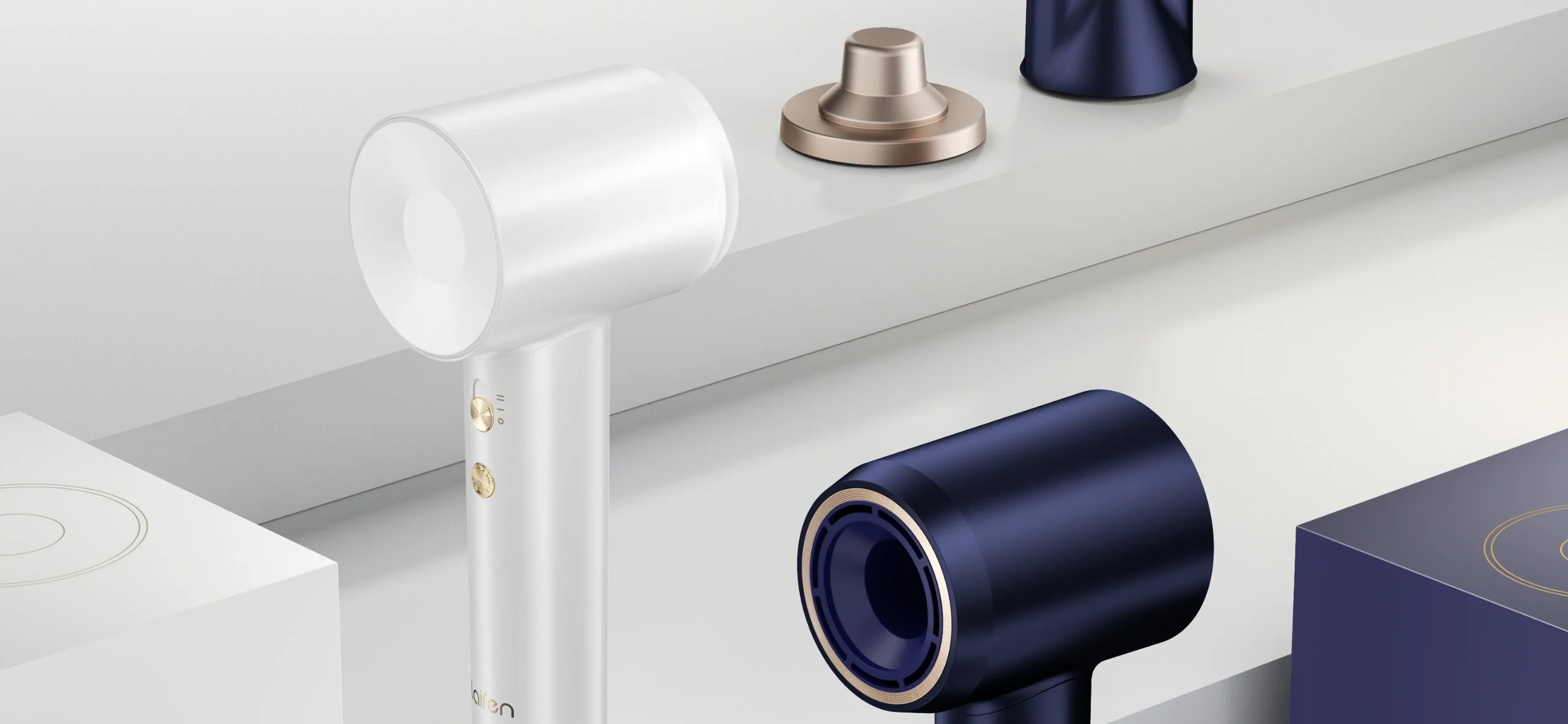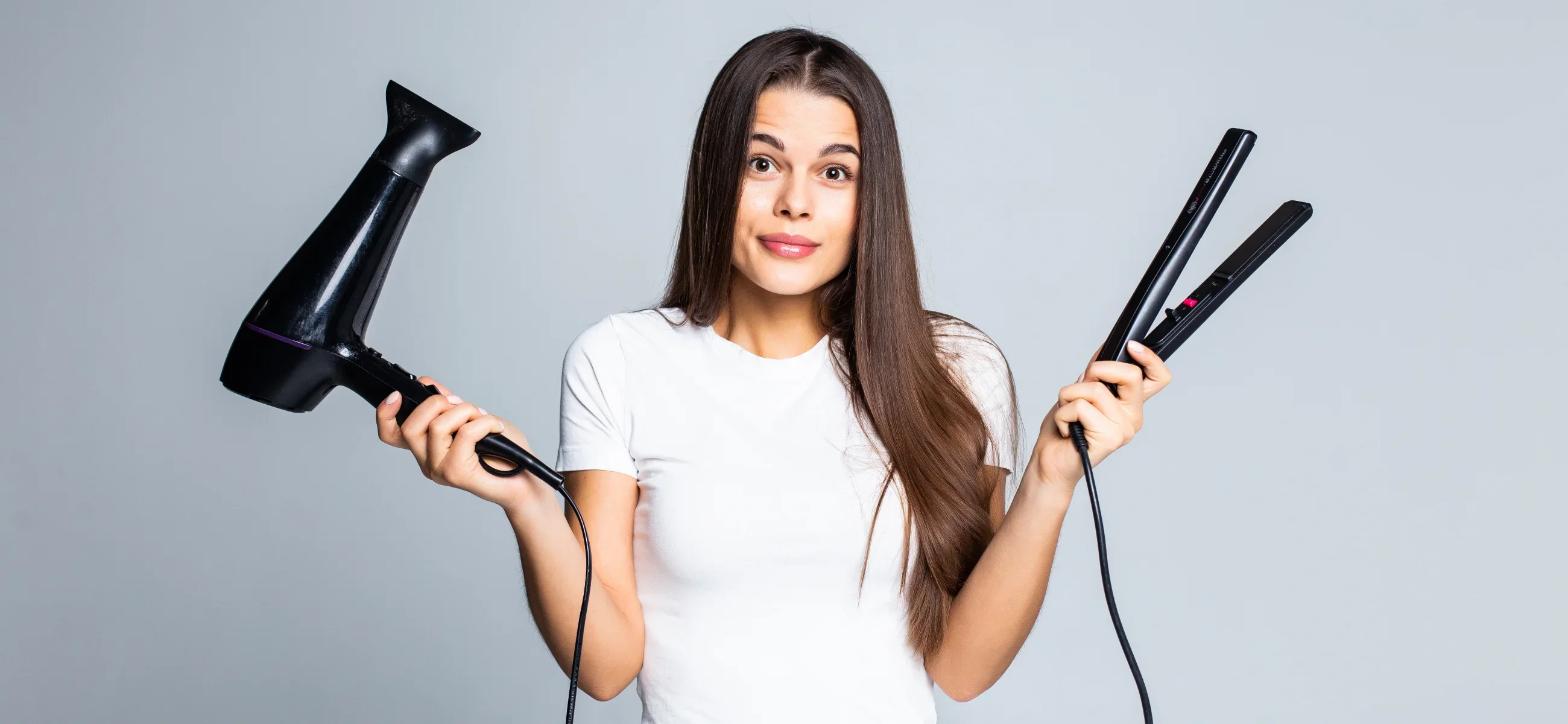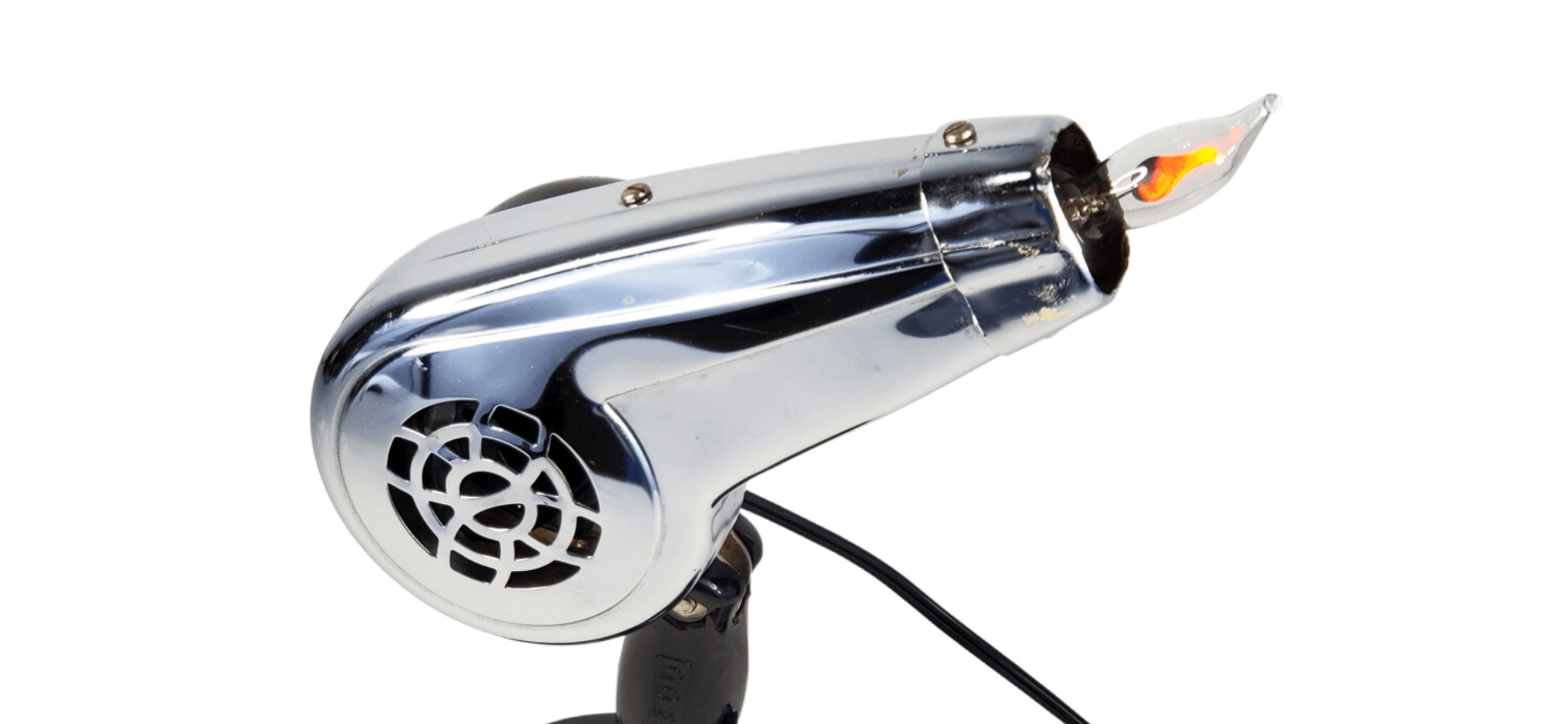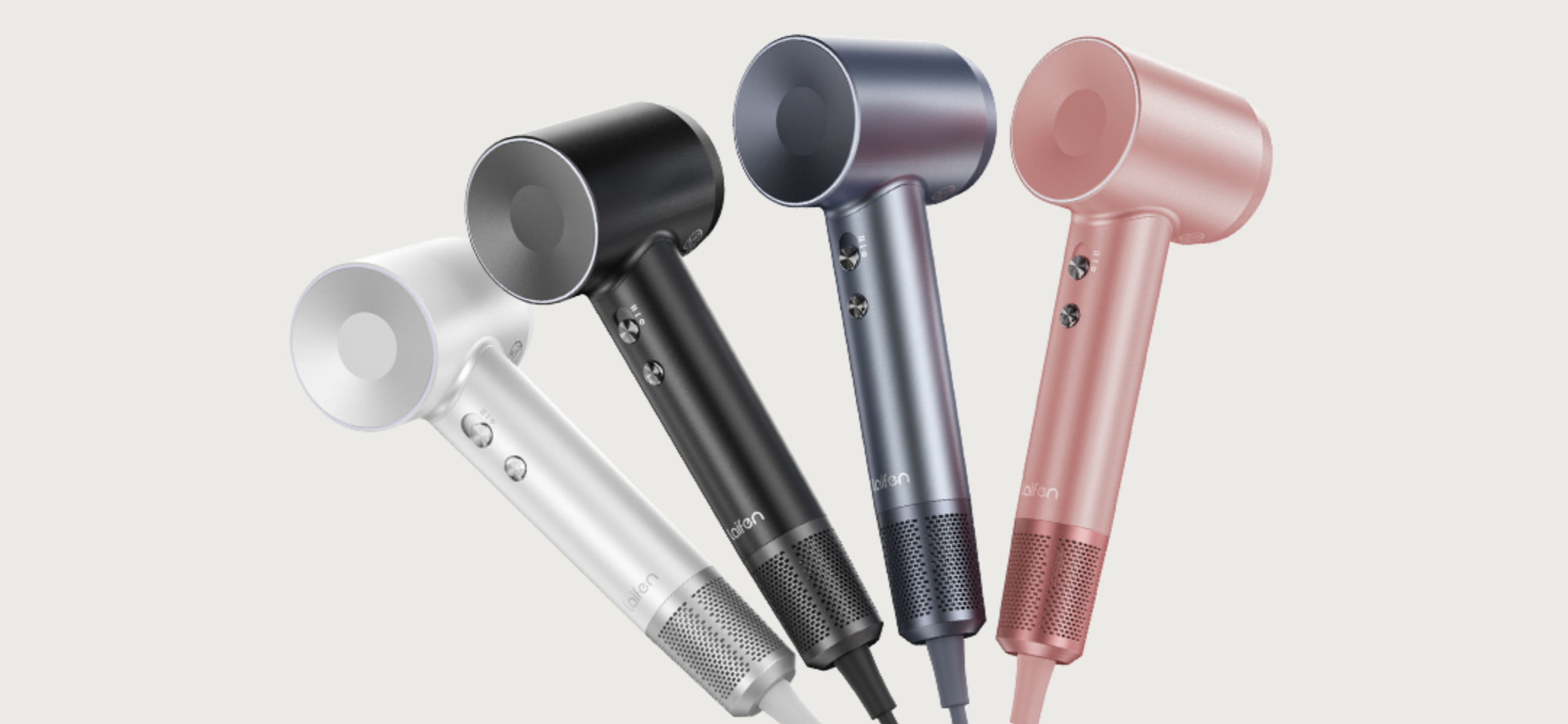Just what’s the difference between a heat gun and a hair dryer really? They both emit high temperatures to heat and dry things and they often come in a sort of similar shape. Well, the name is a giveaway as to the biggest difference – the level of heat emitted.
Let’s get this out of the way first: you DO NOT want to use a heat gun as a hair dryer unless your dream vacation destinations include the surface of Mercury.
But how about the other way around? Can a hair dryer emulate at least some of the functionality of a heat gun in a pinch? Today we’re going to talk about heat guns and hair dryers and find some interesting places where you can use both!
What is a heat gun?
A heat gun is a device that emits a stream of hot hair. It is typically used for industrial purposes, such as stripping paint, shrinking heat-shrink tubing, drying out damp wood, bending and welding plastics, and thawing frozen pipes.

They often have specialized nozzles that allow the user to better direct the heat, and have very precise temperature controls, making them suitable for a wide range of applications.
Due to the extremely high temperatures they can reach, they require professional experience to handle them as they can easily cause burns or even fires if mishandled.
How hot do heat guns get?
Typically heat ranges go high, very high. Usually around 100° – 550°C, but some more specialized models can reach temperatures of 760°C or more.
What is a hair dryer?
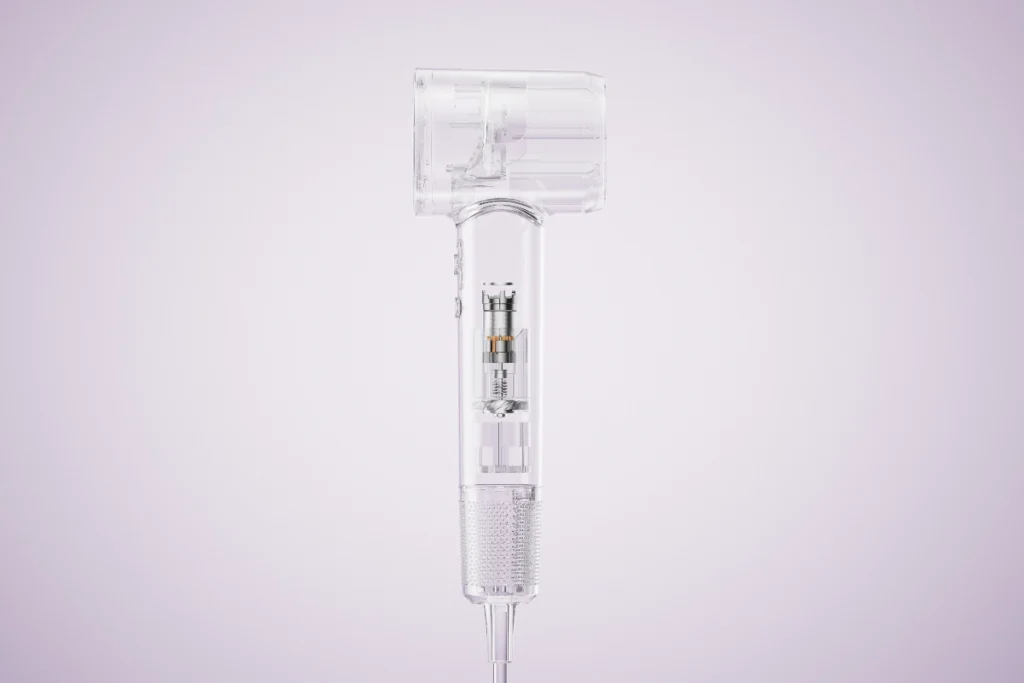
This one probably isn’t exactly arcane lore to most. Hair dryers are used daily by millions of people to dry and style their hair. They come in all sorts of different shapes and sizes and are often more expensive than a typical heat gun due to their specialized function and advanced features that allow them to craft the finest hairdos.
How hot do hair dryers get?
Unlike heat guns, hair dryers are designed for more sensitive targets, so they typically operate in a MUCH lower temperature range. Usually something like 35°C to 60°C, depending on the temperature setting used.
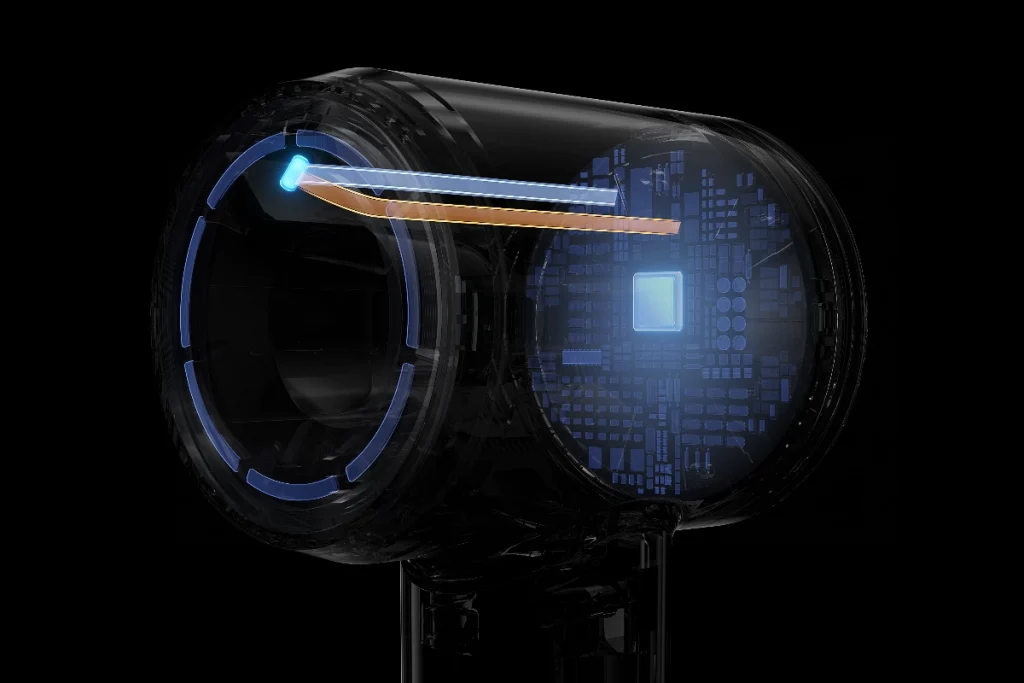
So, can I use a hair dryer to replace a heat gun?
To preface this, it will depend strongly on what you’re trying to do. As hair dryers have much lower heat levels than heat guns, the applicable situations that they can be used in won’t be nearly as wide.
That said, let’s take a look at some of the examples that we listed above and see if a hair dryer can make the cut. Exercise caution when using a heat gun. As we’ve stated, heat guns emit astonishingly high temperatures that can easily cause burns and other damage, so ensure that your hands are well protected with thick gloves before continuing.
1. Heat-shrinking tubing
Heat-shrink tubing is a flexible plastic tube that shrinks in diameter when heated. It’s often used to insulate wires, cables, or other objects, providing protection from moisture, abrasion, and short circuits. A heat gun is commonly used to shrink this tubing so that it fits snugly around the object.
A hair dryer can definitely work with heat-shrink tubing, but it’s important to note that a heat gun is typically more efficient and provides better control of the heat. This means they can be used in a pinch, but be prepared to be heating for a while and for results that might not match up with what could have been achieved with a heat gun.
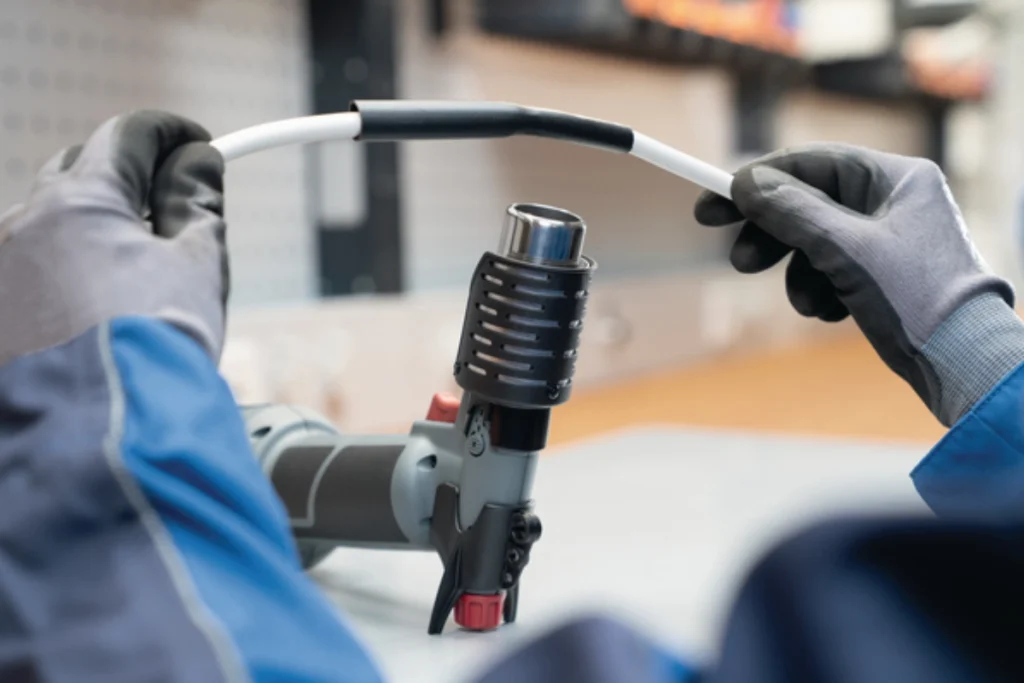
2. Stripping paint
Heat guns’ high temperatures can be used to reheat paints, make them softer and easier to remove. As the paint begins to bubble under the heat, it can then be stripped with a metal scraper. Note that heating paint can cause it to emit dangerous fumes, so ensure that if you use a heat gun to strip paint, use it well-ventilated space and wear a suitable mask.
Typically, the heat required to make this work exceeds what a hair dryer can output, but the lower even heat of a hair dryer can help it excel at one part of the decorating process – making paint dry faster!
3. Melting frozen pipes
This is one situation where a hair dryer might come in handy compared to a heat gun. A heat gun can be equipped with specialized nozzles, such as an arched nozzle, which can apply heat around the entire pipe. When thawing, a few key points to keep in mind are ensuring the faucet is open and checking that the pipe never gets too hot to touch (to say nothing about meltable materials like PVC pipes!). This is because heating the ice too quickly can result in it transforming into steam, which will increase pressure inside the pipe, potentially causing damage or injury.
Because of this, a hair dryer’s lower temperatures might actually be more suitable for the task, but it can be hard to warm up the ice inside of the pipes, and the slower thawing speed carries risks of its own. The best solution is probably to call an experienced plumber to ensure everything goes smoothly!
So, what’s the verdict?
So while both heat guns and hair dryers are designed to apply heat, they are very different tools with very different purposes. For the most part, we would suggest leaving them to their respective duties, but for situations where time isn’t a constraint and temperature requirements are too high, it is possible to use a hair dryer to make up the difference.
Are there any situations where you prefer to pull out the hair dryer? Let us know in the comments below!

